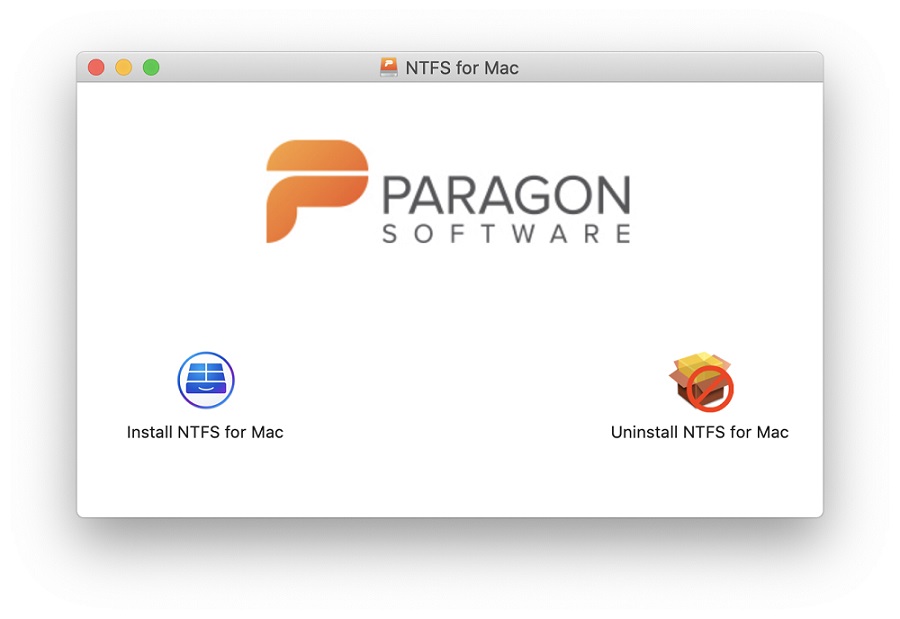
Simply search for ‘NTFS drive’ on the App Store and it should give you several choices. Since this problem has been present for many years, there are a lot of third-party applications on the App Store that offers the same functionality.
Ntfs driver for mac install#
First, download and install iBoySoft NTFS on your Mac.To use the software, check out the guide below.
Ntfs driver for mac software#
The best thing about the software is that it is compatible with macOS 10.13 up to macOS 11.0, also known as Big Sur.
Ntfs driver for mac for mac#
IBoySoft NTFS for Mac is an application that lets you read and write NTFS drives on macOS Catalina and its other versions without any problems.Īside from giving you full access to your NTFS device, it also has features like mounting and unmounting NTFS volumes, formatting NTFS devices and managing other drives like exFAT and FAT32. If you are not willing to risk bricking your NTFS storage device or find the steps above too complicated, can always go the easy route and use third-party applications. Now, try to save or modify the files inside your NTFS storage device to see if everything is in order. Close the terminal and reconnect your NTFS drive to your computer. Finally, type LABEL = (NTFS Device Name) none rw,auto,nobrowse then hit Enter.Īfter the process has completed, press on Command + Q on your keyboard to save the changes.Type in your Admin password and hit Enter once more. Next, type sudo nano /etc/fstab and hit Enter.Inside the Utilities folde r, find the Terminal app and open it.Now, go to the Applications tab inside the Finder and open the Utilities folder.After that, launch Finder and ensure that the drive is being detected on your Mac.On your Mac, connect the NTFS drive using a USB or Thunderbolt cable.

Once you are done renaming your NTFS drive, unplug it from the Windows computer and follow the steps below.


The primary reason why macOS is not able to modify or save new files on NTFS drives is that it is only set to read data from it.


 0 kommentar(er)
0 kommentar(er)
